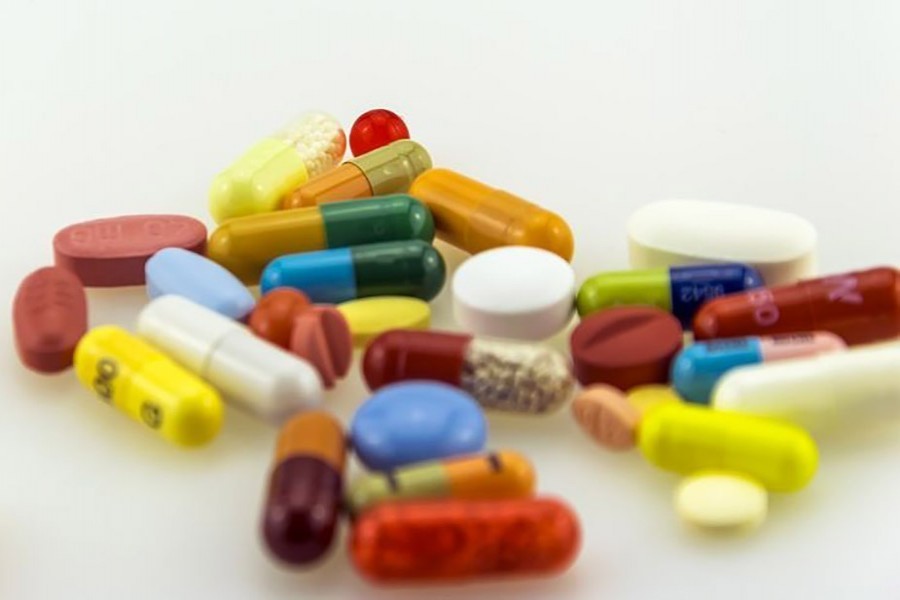The pharmaceutical sector faces a redefining and reinventing moment. Protected by the Drug Control Ordinance, 1982 which banned the sale of imported pharmaceutical products and aided by an intellectual rights waiver enabling local industry to offer generic life-saving medicines at affordable prices, the country's pharmaceutical sector gets to meet 97 per cent demand of the domestic drug market. Apparently, content and sustained with such a domestic market-base, the sector's export performance cuts a sorry figure. This hovers around US$ 100 million only while ready-made garment (RMG) netted US$ 30.16 billion in the last fiscal year. In fact the pharmaceuticals' share is only 0.3 per cent of Bangladesh's total export, and the least said about its global share, the better! A strange mix of inelastic mindset, perpetuation of fundamental structural bottlenecks and lack of timely initiative to overcome them came in the way of the sector's export growth. The potential is, however, enormous; the US has a market for US$ 500 billion worth of generic medicine of which if at least five to ten per cent were secured by Bangladesh, it would be a huge earning for it. With Myanmar and Sri Lanka comprising 30 per cent of Bangladesh's export, the country's limitations to make forays into high-end value-driven markets are starkly exposed.
The problem areas remain identified; what is needed now is a composite action plan to remove the inhibiting factors, acquire skill sets to diversify production line and go meet the demands of semi-regulated markets first, and then venture out into bigger regulated markets. The key obstacle is the lack of a strong backward linkage industry including the Active Pharmaceutical Ingredients, API industry for short, in the country. The critical dependence on import of API from China and India 'for formulating our products' is ironic in that Bangladesh is reliant on its competitors for raw material or 'formulary' which does not fit in with the desire to shape up as a global player in near future. It is worthwhile to note though, the country's first API industry is being set up in Munshiganj; but it took one and a half decades for the government to make the move.
Want of adequate testing facilities, especially absence of a Bio-equivalence Centre is considered a major impediment to the growth of pharmaceutical export. Bio-equivalence studies are key to entering the regulated developed countries. In the absence of testing facilities in the country, bio-equivalence studies will have to be conducted abroad at great expense of money and time. If, as the Directorate General of Drug Administration says, WHO has given green signal to five entities to set up bio-equivalence centres, the stakeholders here would like to know a definitive timeframe in regard to their installation.
The experts' insistence on enhancing capacity of local manpower and increased investment in research and development (R&D) to inject further value addition to the local pharma products needs to be heeded by all concerned. Pharmaceuticals being a knowledge-based industry, the entrepreneurs should be well aware of the necessity for research and development; the captains of the industry must lead the way. It is an excellent idea to associate non-resident Bangladeshi human resource with the projects but to all intents and purposes, the capacity of local formulators will have to be enhanced. It is encouraging to note that private universities are turning out pharmacy graduates in quite a good number every year.


